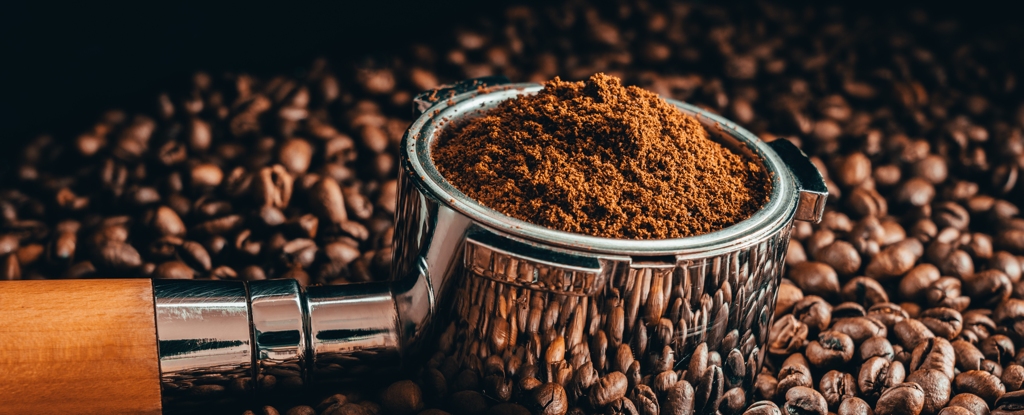The discovery was made by Australian researchers and this clever recipe could solve several problems at once, according to Science Alert.
The study, published in the Journal of Cleaner Production, reports that around 10 billion kilos of coffee waste are produced worldwide every year - most of which ends up in landfills.
Rajeev Roychand, an engineer at RMIT University, said that "the disposal of organic waste poses an environmental challenge as it emits large quantities of greenhouse gases, including methane and carbon dioxide, which contribute to climate change".

With an expanding construction market worldwide, there is also an increasing demand for resource-intensive concrete, which also causes another set of environmental challenges.
RMIT's Jie Li said that "the continued extraction of natural sand around the world - usually taken from riverbeds and banks - to meet the growing demands of the construction industry has a major impact on the environment."
"There are critical and enduring challenges in maintaining a sustainable supply of sand due to the finite nature of resources and the environmental impacts of sand extraction. With a circular economy approach, we can keep organic waste out of landfills and also better preserve our natural resources, such as sand."
Organic products, such as coffee grounds, cannot be added directly to concrete because they release chemicals that weaken the strength of the building material. So, using low levels of energy, the team heated the coffee waste to over 350ºC, depriving it of oxygen. This process is called pyrolysis.
It breaks down the organic molecules, resulting in a porous, carbon-rich charcoal called biochar, which can form bonds and thus be incorporated into the cement matrix.
Roychand and colleagues also tried pyrolyzing coffee grounds at 500 ºC, but the resulting biochar particles were not as strong.
The researchers warned that they still need to assess the long-term durability of their cement product. They are now working to test the performance of hybrid coffee-cement in freeze-thaw cycles, water absorption, abrasions and many other stress factors.
The team is also working on creating biochars from other sources of organic waste, including wood, food waste and agricultural waste.
Shannon Kilmartin-Lynch, an engineer at RMIT, said, "Our research is in its early stages, but these exciting findings offer an innovative way to significantly reduce the amount of organic waste going to landfill."
"The inspiration for my research, from an indigenous perspective, involves Caring for Country, ensuring a sustainable life cycle for all materials and preventing things from going to landfill to minimize the impact on the environment."





